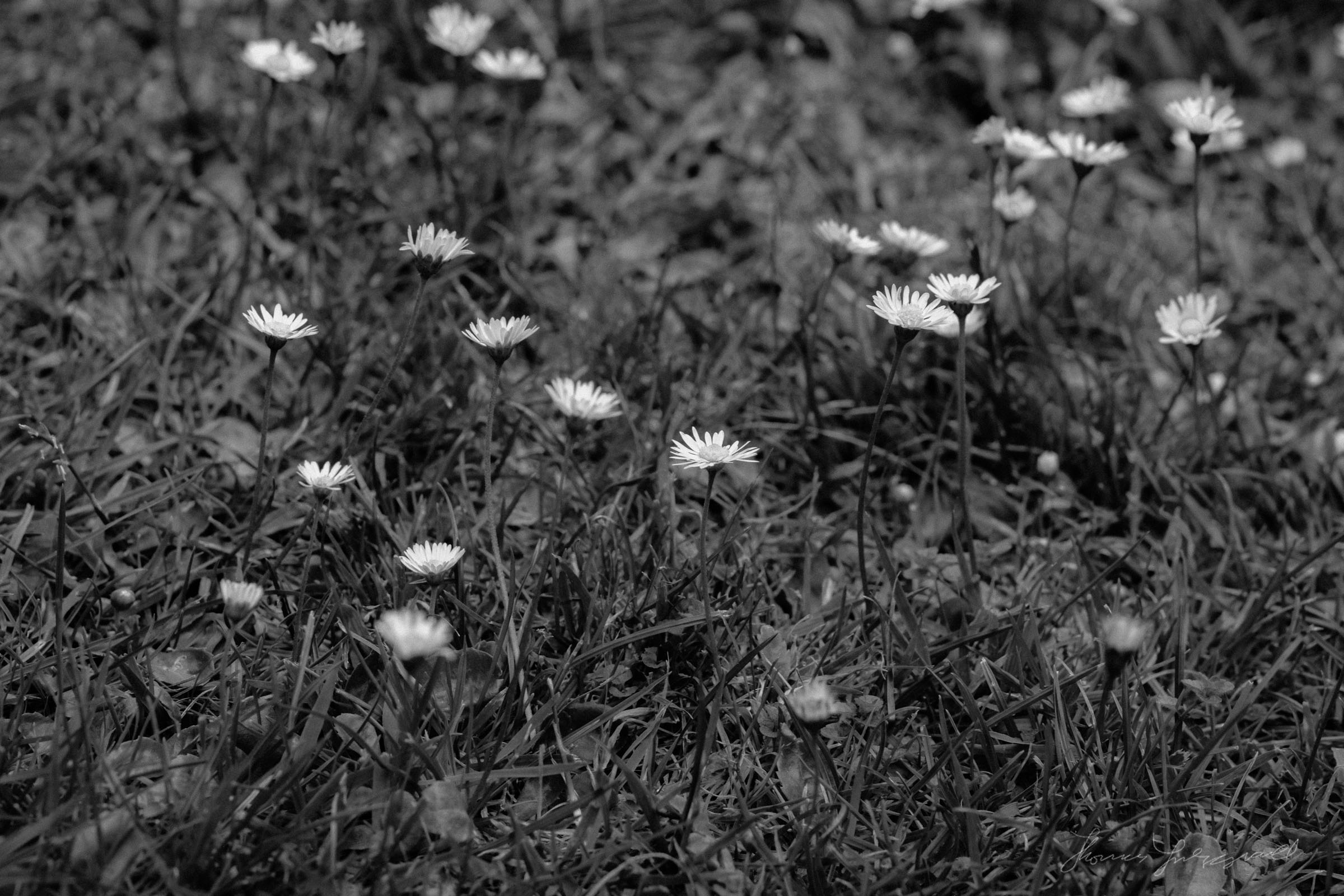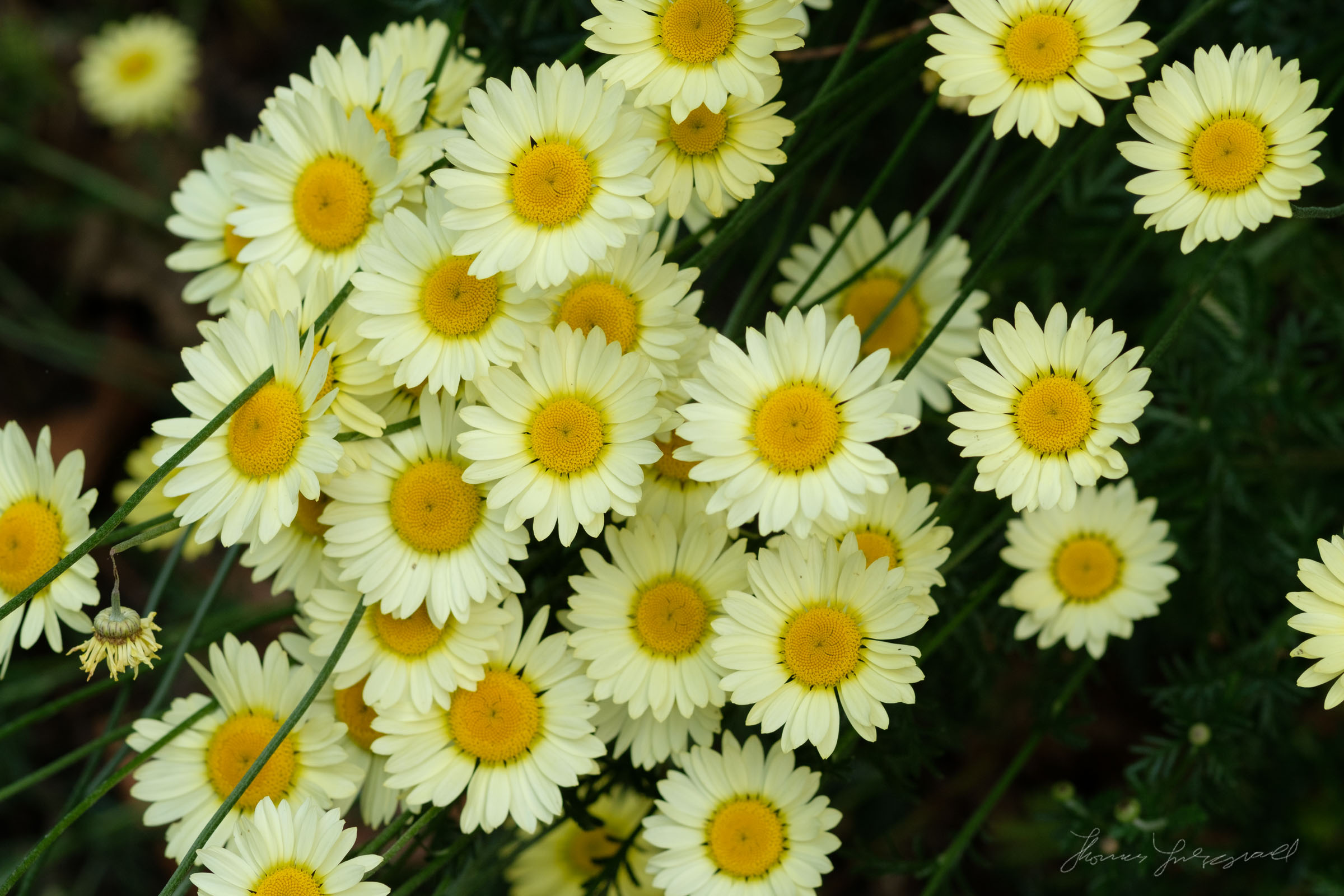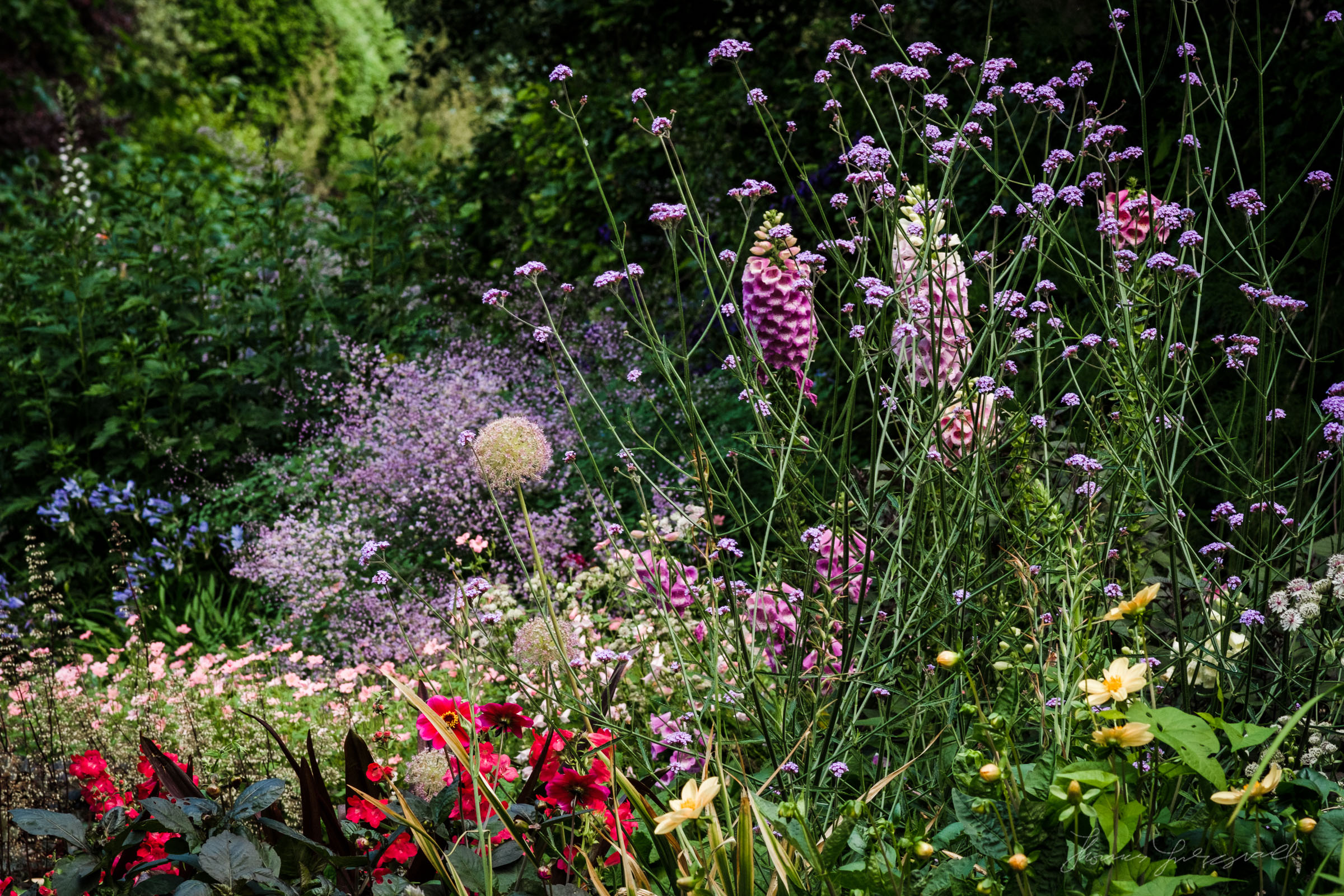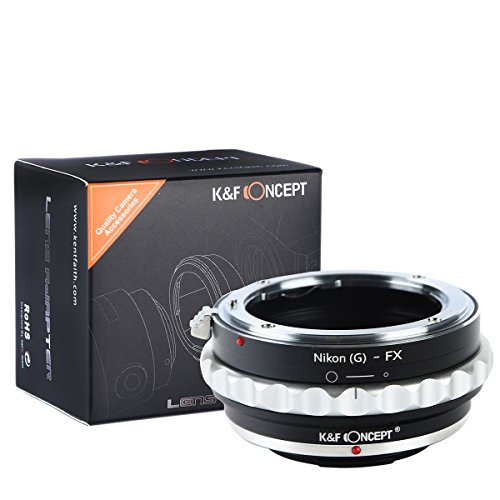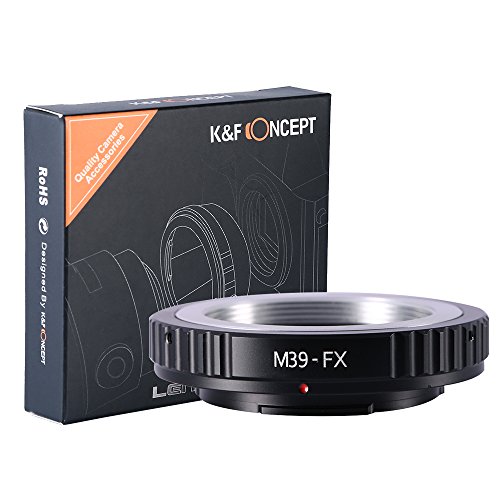X-Pro 2 Diary: Trying adapted Lenses
X-Pro 2 + Nikon 105mm f/2.8
As I only have a limited set of lenses for my X-Pro 2 at the moment, so I have been keen to try some of my other glass on the camera via adaptors. The X-Pro 2 has some nice focusing aids, and I have some interesting lenses, so I wanted to see what kind of results I could get. Lens adaptors can actually be quite expensive, depending on the brand, but there are cheaper options available. As this was more of an experiment than anything, I went with some of the cheaper adaptors that available.
I ordered three different adaptors from Amazon. One for Nikon, one for Yashica, and one for M39. Of the three mounts I have the most lenses for the Nikon F mount, but I do have a very nice 50mm f/1.4 from my old Yashica FXD. I was also keen to try the even older Industar lens that’s on my FED 2 camera.
I found some really cheap adaptors from K&F Concept on Amazon. They’re so cheap in fact that I was expecting that they would be terrible, but they’re actually fine. The build quality is pretty good and they all work perfectly. I’ll put a link to the ones I bought at the end of the article. They’re all dumb adaptors, so there’s no lens or aperture information given to the camera, which is fine, as the older lenses probably don’t share this information anyway.
X-Pro 2 + Yashica 50mm f/1.4 Lens, SOOTC Jpeg with Acros Picture Mode + Grain Effect
I’ve tried out all the adaptors and they all give interesting results. The two older 50mm lenses have a very filmic look about them. The old Industar lens has a lot of character, but it’s quite soft. It does work well when shooting in Acros though. The Yashica lens is much better, and is quite a good lens. Again, it really suits black and white images shot using the Acros film mode.
X-Pro 2 + Industar 50mm Lens - SOOTC Jpeg with Acros Picture Mode
The most testing that I’ve done has been with my Nikon 105mm Macro lens. This is one of my favourite Nikon lenses. It’s an older macro lens so it has the aperture ring on it, but it’s a great piece of glass. Shooting with it on the X-Pro 2 was tricky enough though.
There are a couple of issues that I’ve discovered when using adapted lenses on the Fuji. While there are some really nice focussing aids on the camera, the overall experience is a little buggy. There are also some imitations of trying to manually focus in certain conditions anyway, but more on that in a minute.
The two issues that I noticed were that the auto white balance gave really poor results when using the adapted lenses, and that the exposure metering was very erratic. The colour balance issue was quite weird. It seemed to fluctuate quite a bit, even through the viewfinder. There were times it would look right in the viewfinder, then you would take a shot and the colour would be completely different and wrong in the captured image. Sometimes it would change in the viewfinder back and forward.
The exposure in aperture priority mode was very erratic too. It was mostly under exposed, but by wildly varying amounts. I really had to keep an eye on the histogram to make sure I was getting good exposure, which was tricky in itself, because the histogram seems to disappear when you use the manual focussing aids. It comes back up when you adjust the exposure compensation, and then it disappears again.
What’s interesting is that the files report the aperture as f/1.0. When I use adapted lenses on a Sony system, it records no aperture value, so I wonder if it is erroneously using a value of f/1.0 and that’s what’s throwing the metered values off.
The focus aids are great in theory, but in practice the accuracy varies. I found that the digital split image works well on the 50mm lenses, but on the Nikon 105mm it’s not very useful. Focus peaking doesn’t work particularly well either. I mean, it works, it’s just not that accurate. It’s not 100% accurate on Sony cameras either mind you. It’s fine if you have good separation between your subject and its surroundings, but often the plane of focus will be in front or behind what peaking marks as accurate.
The ideal way to manually focus is to zoom in so that you’re seeing a closeup of the image. This is the most accurate way to manually focus although it can still be quite difficult on longer lenses. The problem is nothing to do with the camera, but the fact that certain lenses, which were designed primarily for autofocus cameras, don’t need much turning of the focus ring to change focus. On my macro, a turn of a half a degree can shift the focus out. Older lenses have much more of a throw and are easier to manually focus with.
Despite all these concerns I still got some interesting images with it. The focal length is quite nice, so I would be interested to try it with the Fuji equivalent. What I’m more interested in trying is using these lenses for video. Particularly some of my Nikon zooms. I have ND filters for these lenses and they have nice big apertures, so they should make it a bit easier to get the shutter speed right when shooting video. I’ll try that properly at some point in the future. For now here are some examples taken with the X-Pro 2 and the Nikon 105mm.
Help Support the Blog
All of the work I do here, and the information on this blog is done entirely free of charge and takes up quite a bit of work. I want to spend more and more time on this blog, and offer more and more of this kind of information, tips and so on, so If you like what I'm doing here and want to show support, then you can do so by buying something from my Digital Download Store. I have Lightroom Presets, and e-books all available for download.
If you're a Fuji X-Trans shooter and Lightroom user, check out my guide to post processing X-Trans files in Lightroom. I also have a guides for processing X-Trans files in Capture One and Iridient Developer.
If you want to get regular updates, and notices of occasional special offers, and discounts from my store, then please sign up for the Newsletter.








